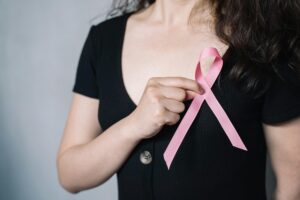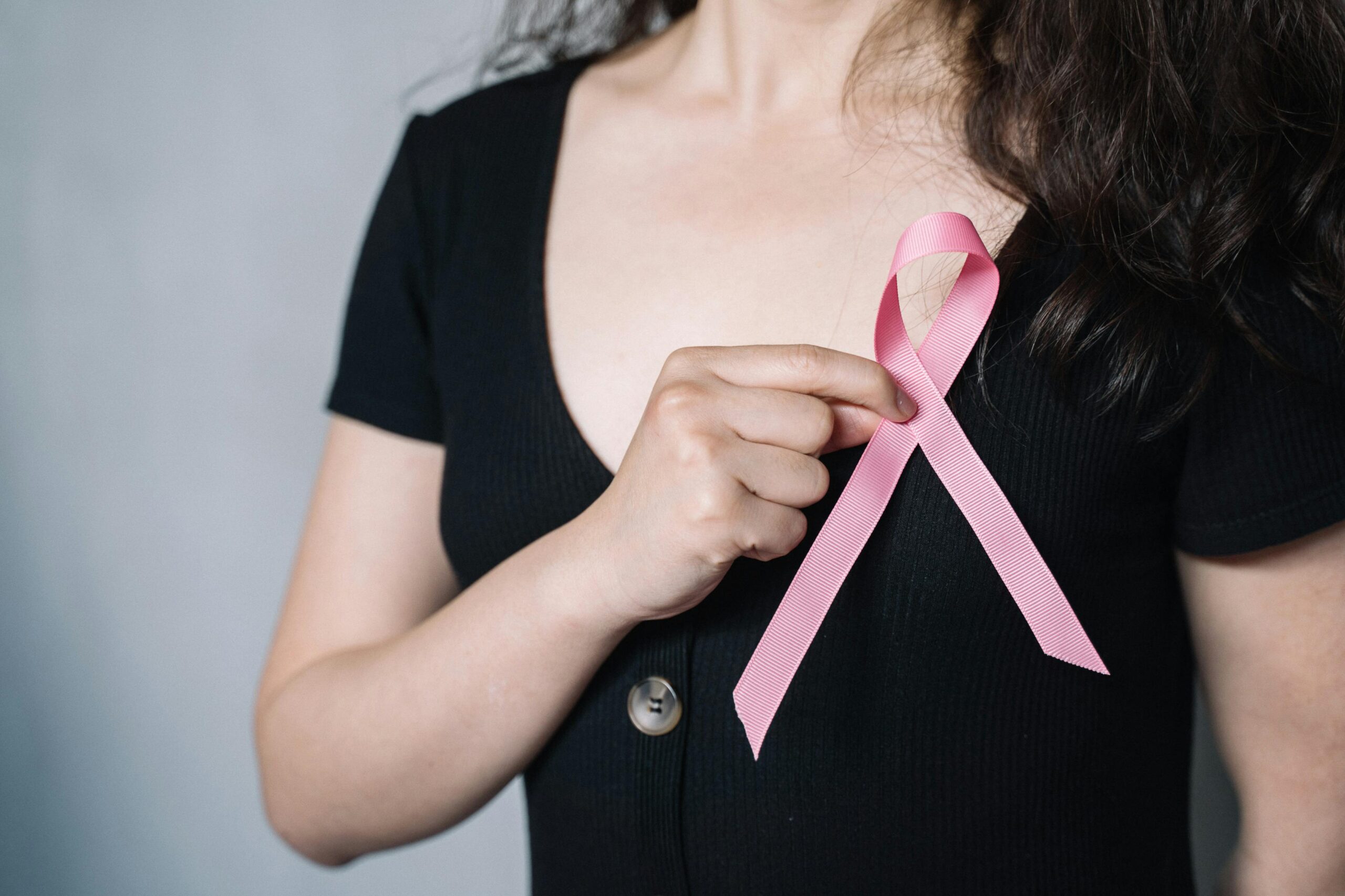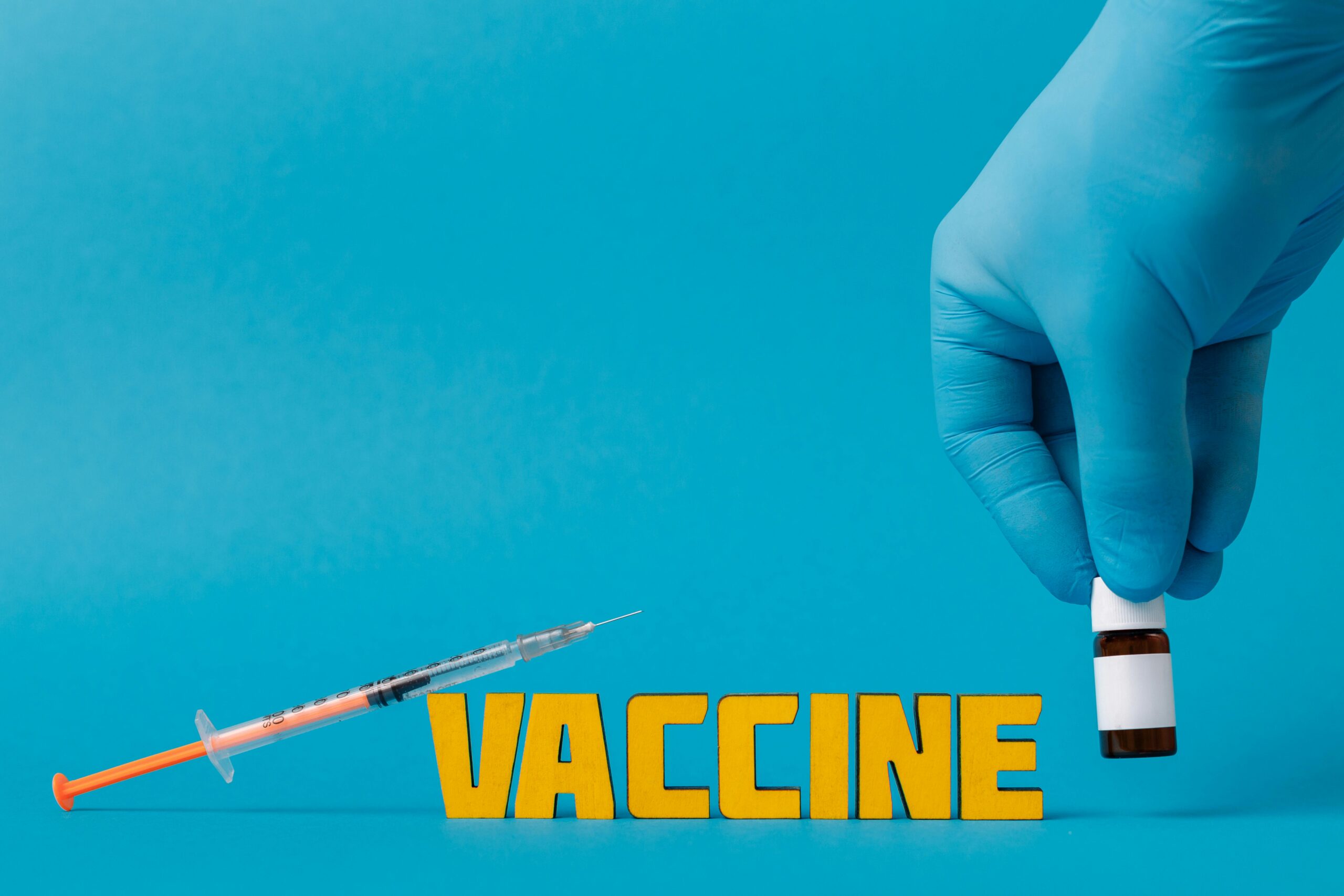7 Easy Life-Saving Steps for a Self Breast Examination Every Woman Should Know

Self Breast Examination (SBE) is a simple yet powerful tool that empowers women to take charge of their breast health. While it doesn’t replace clinical screenings or mammograms, performing regular self-exams helps detect unusual changes early—sometimes even before symptoms appear.
In this guide, we’ll walk you through 7 essential steps for an effective self breast examination, along with tips, timing, and when to consult a healthcare provider.
Why Self Breast Examination Matters
Breast cancer is one of the most common cancers affecting women worldwide. Early detection significantly increases the chances of successful treatment and recovery. By regularly examining your breasts, you become familiar with their normal texture, shape, and size—making it easier to identify abnormalities like lumps, thickening, or changes in skin.
When to Perform a Self Breast Exam
The best time to do a self breast examination is a few days after your menstrual period ends, when your breasts are least likely to be swollen or tender. For women who no longer menstruate, choosing a consistent day each month (like the first or last day) is helpful.
7 Steps for an Effective Self Breast Examination
1. Look in the mirror
Start by standing in front of a mirror with your shoulders straight and arms at your hips. Look for:
- Changes in shape, size, or symmetry
- Visible lumps or swelling
- Skin dimpling, puckering, or redness
- Nipple inversion or discharge
2. Raise your arms
Raise both arms overhead and look for the same changes. Also, check for fluid (watery, milky, or yellow discharge or blood) coming from one or both nipples.
3. Check While Lying Down
Lie flat on your back with one arm under your head. Use the opposite hand to examine the breast. This position flattens the breast tissue, making it easier to feel abnormalities.
4. Use proper technique
Using the pads of your three middle fingers, press down gently but firmly in small circular motions. Cover the entire breast from top to bottom and side to side—collarbone to top of abdomen and armpit to cleavage.
5. Follow a pattern
Choose a pattern to ensure full coverage:
- Vertical lines (up and down)
- Circular motion (starting from the nipple outward)
- Wedge pattern (nipple to outer edge and back)
Be consistent with the pattern each month to become more familiar with your body
6. Examine your armpits
Breast tissue extends into the armpits. While standing or sitting, use the same circular motions to feel under the arm for lumps or swelling.
7. Repeat in the shower
Many women find it easier to feel changes when their skin is wet and slippery. Use the same circular motions to check each breast during your shower.
What to Look For
Be aware of these warning signs:
- A new lump or hard knot
- Swelling in the breast or armpit
- Skin irritation or dimpling
- Redness or flaky skin on the nipple
- Nipple discharge (other than breast milk)
- Change in breast shape or size
If you notice any of these, schedule a visit with your healthcare provider immediately.
Investigations for breast lump:
1. Clinical examination
2. Imaging techniques:
a. Breast Ultrasound
b. Mammography
c. Breast MRI
3. Tissue sampling (Biopsy)
4. Lymph node evaluation
SBE: A Monthly Habit Worth Forming
Making self breast examination part of your monthly routine is a proactive step toward early detection and prevention. It only takes a few minutes but could potentially save your life.
Key Takeaway
Self breast examination is not a substitute for clinical breast exams or mammograms, but it’s a vital first line of defense. Knowing your body can help you detect changes early, improving your chances of successful treatment.
Don’t wait—take charge of your breast health today with these 7 life-saving steps!








Leave a Reply